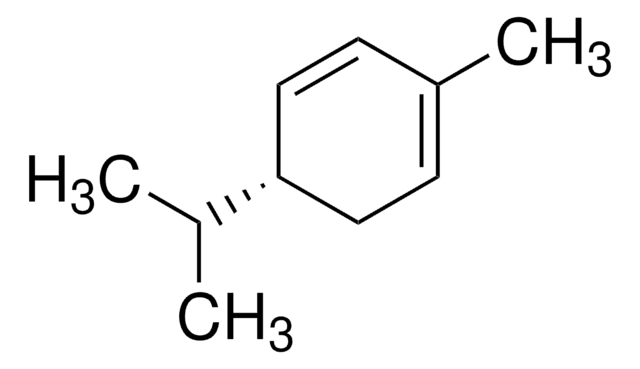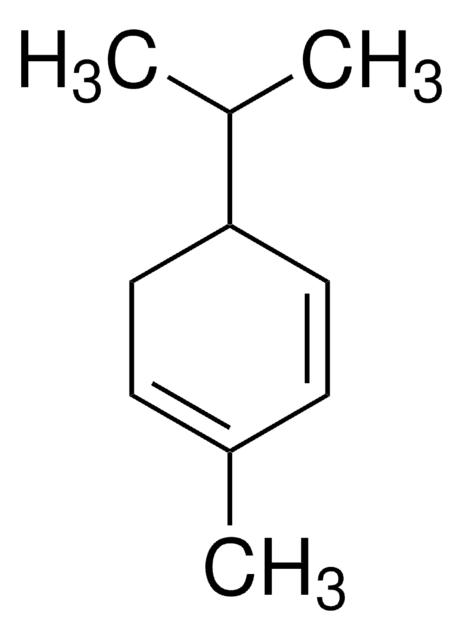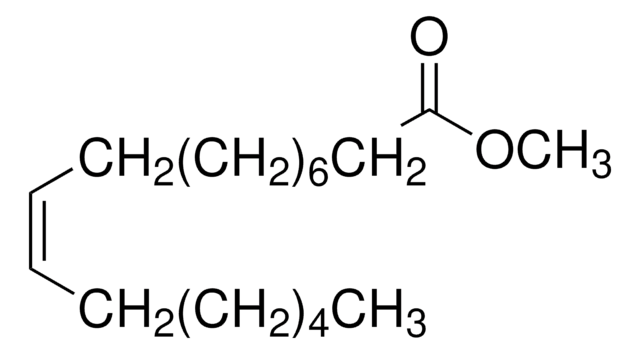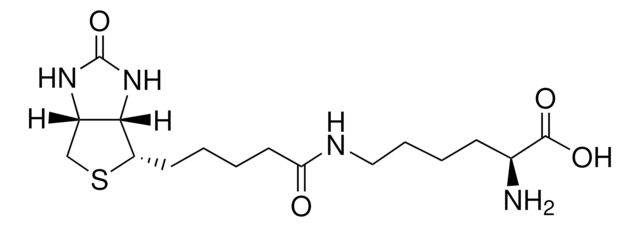87117
Nervonic acid
analytical standard
Sinónimos:
cis-15-Tetracosenoic acid, Selacholeic acid
About This Item
Productos recomendados
grado
analytical standard
Nivel de calidad
Ensayo
≥99.0% (GC)
caducidad
limited shelf life, expiry date on the label
técnicas
HPLC: suitable
gas chromatography (GC): suitable
mp
42-43 °C (lit.)
Formato
neat
grupo funcional
carboxylic acid
Condiciones de envío
ambient
temp. de almacenamiento
−20°C
cadena SMILES
CCCCCCCC\C=C/CCCCCCCCCCCCCC(O)=O
InChI
1S/C24H46O2/c1-2-3-4-5-6-7-8-9-10-11-12-13-14-15-16-17-18-19-20-21-22-23-24(25)26/h9-10H,2-8,11-23H2,1H3,(H,25,26)/b10-9-
Clave InChI
GWHCXVQVJPWHRF-KTKRTIGZSA-N
¿Está buscando productos similares? Visita Guía de comparación de productos
Descripción general
Aplicación
- Berry seed extract samples by gas chromatography equipped with mass spectrometer detector (GC-MSD).
- Human blood by isotope-dilution gas chromatography-negative chemical ionization-mass spectrometry (ID-GC-NCI-MS).
- Human plasma samples employed in the clinical smoking cessation study by GC combined with time-of-flight mass spectrometry operating under the electron ionization (EI) mode.
- Brain tissue samples by GC-MS.
Productos recomendados
Código de clase de almacenamiento
11 - Combustible Solids
Clase de riesgo para el agua (WGK)
WGK 3
Punto de inflamabilidad (°F)
230.0 °F - closed cup
Punto de inflamabilidad (°C)
110 °C - closed cup
Equipo de protección personal
dust mask type N95 (US), Eyeshields, Gloves
Elija entre una de las versiones más recientes:
Certificados de análisis (COA)
¿No ve la versión correcta?
Si necesita una versión concreta, puede buscar un certificado específico por el número de lote.
¿Ya tiene este producto?
Encuentre la documentación para los productos que ha comprado recientemente en la Biblioteca de documentos.
Los clientes también vieron
Nuestro equipo de científicos tiene experiencia en todas las áreas de investigación: Ciencias de la vida, Ciencia de los materiales, Síntesis química, Cromatografía, Analítica y muchas otras.
Póngase en contacto con el Servicio técnico













